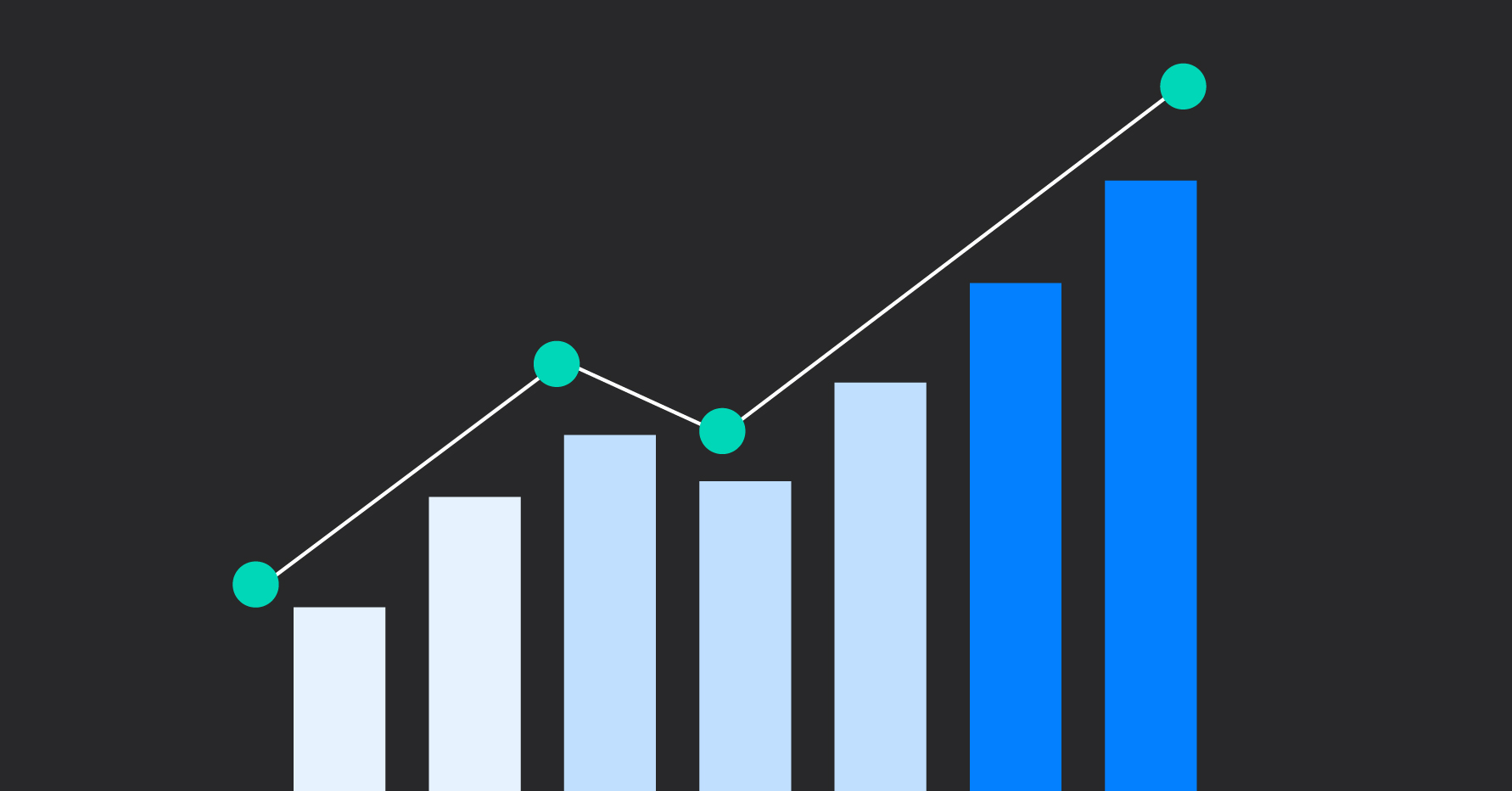There’s a major shift happening in the B2B world, as many SaaS companies embrace usage-based revenue and pricing models, changing the definition of subscription pricing.
There’s a host of different names the usage-based revenue and pricing strategy is known as in the software-as-a-service world. Terminology varies depending on the industry and company:
- Consumption
- Run rate
- Freemium
- Pay-as-you-go
- Paygo
- Burndown
- Value-based pricing
- Time/Unit-based pricing
- Pay per transaction
However, no matter what term you’re using, the concept is similar. Companies are closely tracking how their customers are using their products and services, and are now beginning to align their pricing strategy with the amount of product usage or service usage that is being consumed. Instead of paying a flat rate, the income revolves around actual usage.
At Clari, we partner with top B2B go-to-market teams globally by helping them operationalize growth from the boardroom down to the front lines. With these leaders, we talk about not just key performance indicators, but also the more strategic growth initiatives, or SGIs, that those performance indicators drive.
As we align with our customers around their 2021 SGIs, we see many already experimenting with a usage-based revenue model this year. Whether they're enterprise customers or smaller firms, many companies are thinking deeply about how such a billing model can be incorporated in the future, especially around potential customers and growth.
As someone who sits at the center of many of these customer conversations, here’s why I see the future of usage-based revenue management only growing—even if the practitioners still can’t agree on a name.
SaaS alignment around usage-based pricing
The answer to this shift is rooted in another scalable business model transformation that’s been happening for the better part of the last two decades: the move to subscription models or recurring revenue models. Fueled by the massive success of the software industry’s transition to software-as-a-service, especially with startups, nearly every industry is looking to follow suit and offer their products or services as a subscription offering.
According to the Global Banking and Finance Review, “70% of business leaders say subscription business models will be key to their prospects in the years ahead.”
This revenue/pricing model transformation has fueled the resurgence of several of the top brands globally including Microsoft, Adobe, Apple, Amazon Web Services, Datadog, and many others.
New growth, new pricing model
There’s three key reasons that companies have made this transformation.
The SaaS pricing model has led to incredible accelerated and sustainable growth for such businesses.
“In the last five years, the subscription economy has grown 900% faster than sales per share among S&P 500 companies, 420% faster than U.S. retail sales, and 500% faster than the U.S. economy,” notes CFO Magazine.
Part of the reason for this SaaS trend lies in the predictable revenue stream it provides.
“When you have a recurring revenue business model, you rarely miss your monthly or quarterly numbers by more than 10-20%,” notes Clari customer, Zuora. “The management team and the investors are thus rarely surprised by major fluctuations in your results.”
Because of the close nature of subscription-based models, customer success teams can feel almost embedded with their clients, as they seek to make their products integral to their clients and therefore inspire them to renew every year, reducing churn. This closeness gives SaaS businesses better visibility into the needs of the customer.
“The beauty of the subscription world is the compounding nature of the relationships,” writes Patrick Campbell, the CEO of ProfitWell. “You acquire a customer, charge them for the value you're providing, and as long as you and the customer agree on that value, they'll keep paying and stick around for a long time.”
The pricing strategy: Make something great, better
The shift to recurring revenue business models has transformed how companies interact with their customers. Gone are the days when you can sell someone something and then not interact with them again until it's time to sell something else. This new breed of B2B service providers have developed customer relationships closer to that of a trusted business partner, someone the client side leadership can depend on year in, year out.
That motion has fostered an intimate relationship between vendors and their customers and led to the rise of functions such as customer success, customer excellence, and merchant success—teams that focus on nurturing and support, rather than pure selling.
While clients feel more supported, vendors learn which aspects of their product or service the customer perceives as more valuable. Sometimes, customers feel like they sign up for a subscription but only use certain offerings within that subscription and are overpaying. This value gap has fueled the need for a new pricing or revenue model in the subscription economy.
As a customer, imagine if you only had to pay for the aspects of the product or service that you felt were most valuable. What if the amount you paid for those services was in direct correlation with how much you actually used them?
As a product team, imagine if you could receive very specific feedback on the aspects of your product that your customers felt were most valuable. And then, what if you could charge your customers handsomely in direct correlation to the value that you both agree they are getting from your offering.
The result is happier customers and accelerated product innovation.
This is the promise that usage pricing revenue models bring.
The software industry is already seeing the manifestation of these results. Obviously I’m invested in understanding all of the intricacies of the pay-as-you-go model based on usage data, so I crunched the numbers of benchmark revenue metrics from public fillings in 2020 across the top B2B software firms globally.
Compared to traditional SaaS offerings, companies that have moved to usage-based revenue models are seeing, according to my calculations:
- 38% higher year-over-year revenue growth
- 9% higher net dollar retention
- 50% higher valuation
What’s next for usage-based pricing?
As companies across Silicon Valley continue to see record-breaking growth as they transition to usage-based revenue models, I anticipate more industries will take notice and experiment with similar models. New challenges, opportunities, and customer expectations will surely follow.
Clari’s Usage-Based Revenue solution combines account insights and usage-based forecasting to drive predictable growth at these companies. With effective instrumentation, companies can execute on their go-to-market strategy and optimize their implementation of usage-based revenue to drive full visibility and rigor across their business. As we help our customers effectively instrument their businesses to drive rigor and full visibility around usage based revenue, we will continue to share our learnings.
Read more:
Consumption Forecasting: What It Is, Why It Matters


